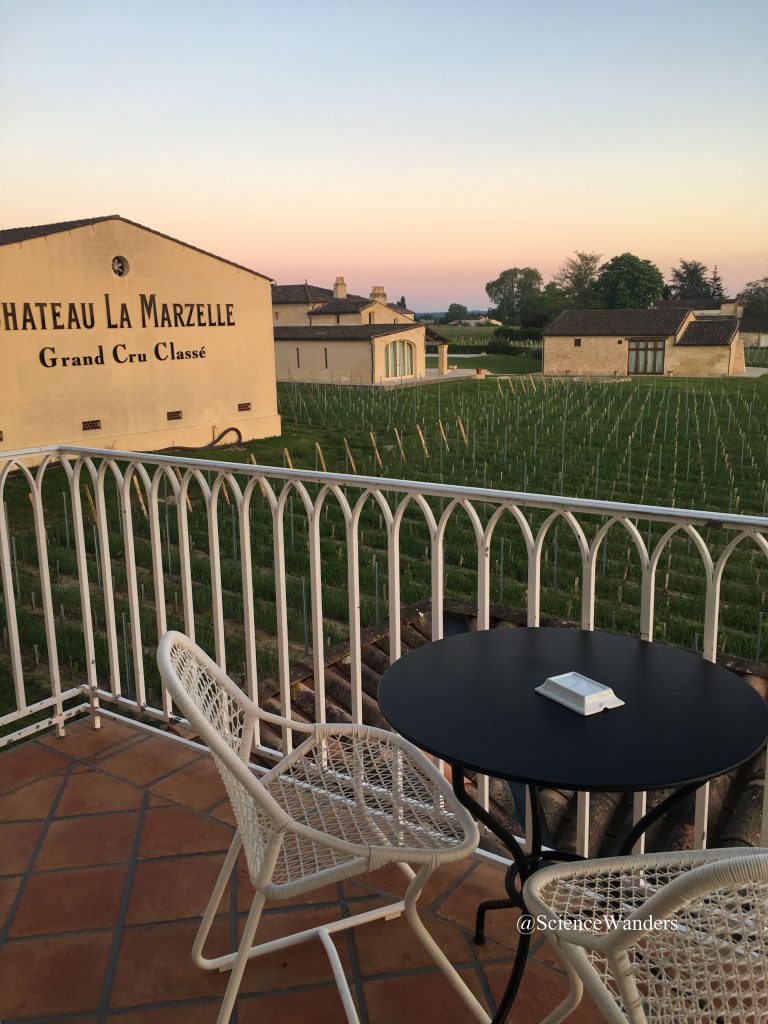Row after row of vines basking in the sun. At first glance, wineries appear the same the world over. But stare a little closer and differences in winery character become apparent – accompanying castle-like chateaus in St. Emilion, laidback estates in Waipara, rustic farmhouses in Malta. But look even closer, and that’s when the character of the wine itself starts to emerge.
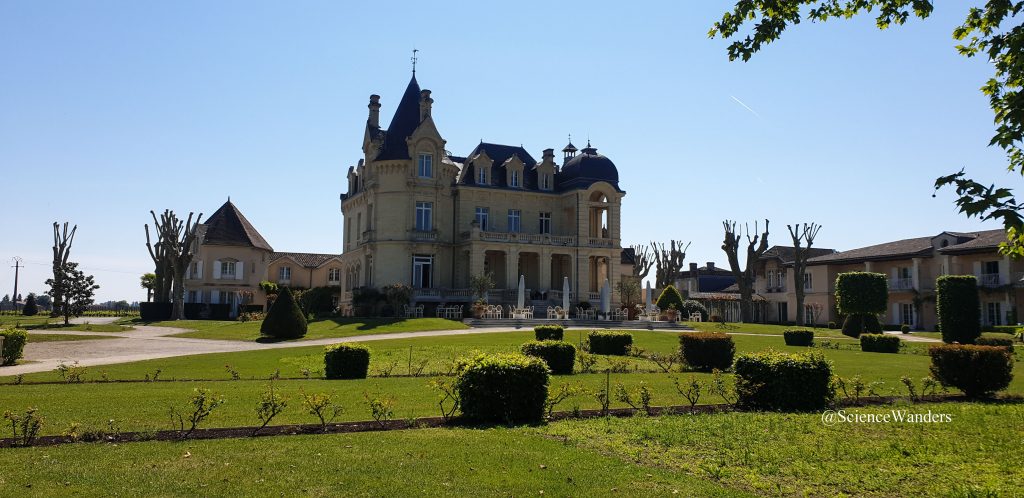
In wine lingo, this is known as terroir. It’s how characteristics of the soil, climate, flora and culture combine to produce a wholly different Sauvignon Blanc in California from one in Marlborough, even if grown from the same rootstock. Terroir is a complex topic, commandeering a library of books and research papers, so I’ll keep this to a brief tasting session.
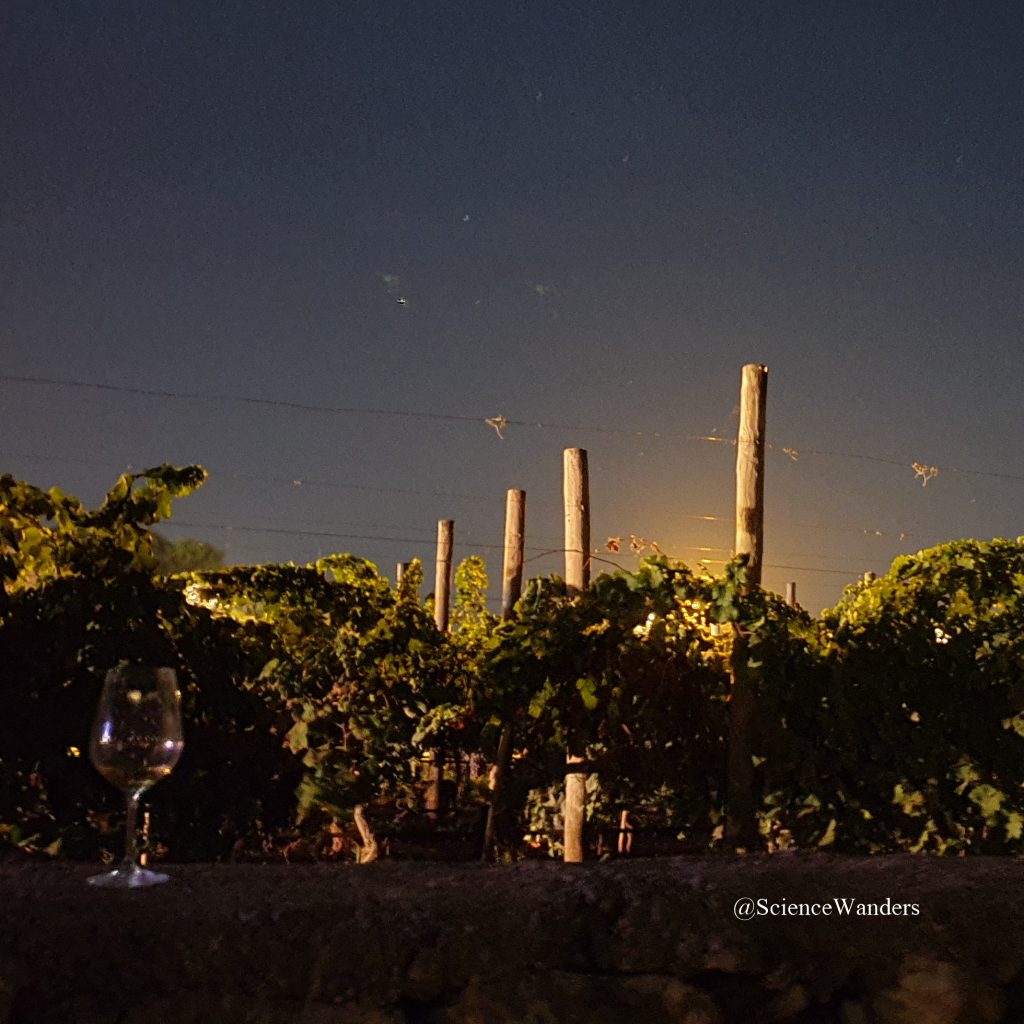
Climate
There are three levels at play here, feeding into each other like Russian dolls: macroclimate, mesoclimate and microclimate.
Macroclimate is the climate of the whole region. For instance, St. Emilion wines grow in a Mediterranean climate with hot, dry summers and cool, mild winters. One simple way this effects the wine is it leads to greater sugar content when compared to a colder clime such as Germany’s Mosel region. The more sun and heat there is, up to a point, the more the plant photosynthesizes – and it’s the grape sugar that is eventually turned into alcohol during fermentation.
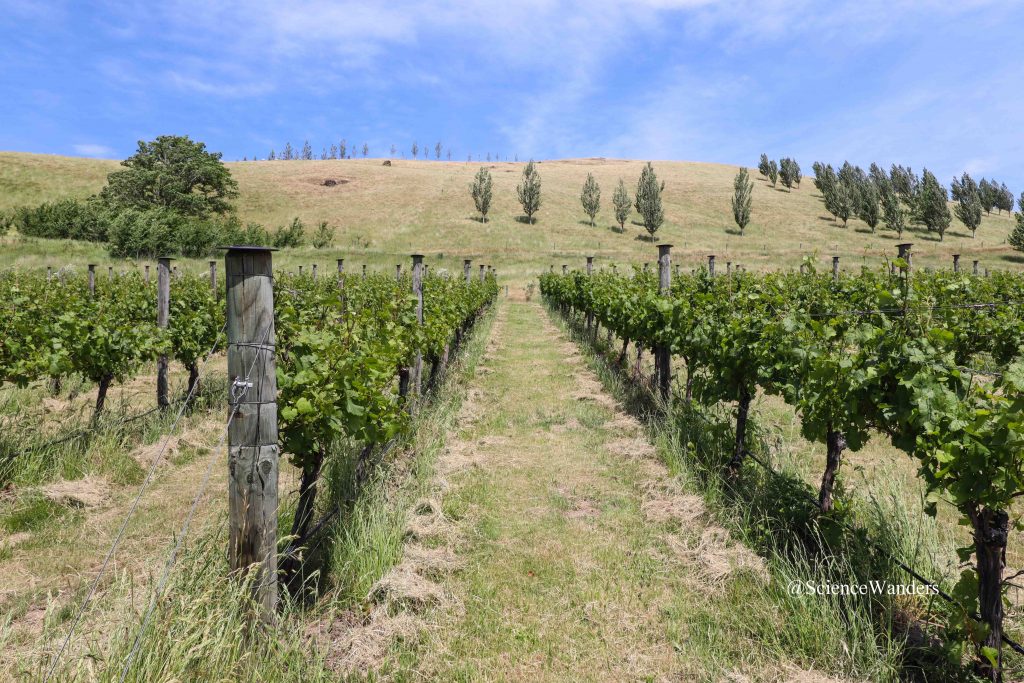
On the other end of the spectrum, ice wines need subzero temperatures, as the grapes are picked whilst frozen on the vine, and pressed whilst still frozen. Temperature also affects production of other chemicals within the grape, such as anthocyanins, which give red grapes their colour and affect their taste.
Certain climates lend themselves better to particular grape varieties, which is why regions are well known for particular wines; Cabernet Sauvignon in the Napa Valley, Malbec in Argentina, Pinotage in South Africa, and so on. But with climate change this is no longer set in stone. As their regions become hotter and drier, some producers are looking at replacing their traditional grape variety. The wine map is also expanding into areas previously considered inhospitable.
In New Zealand, I was surprised to discover that wineries here have another environmental problem to thank for their great wines – the famous ozone hole. The thinner ozone layer lets in intense amounts of UV light, under which the grapes thrive.
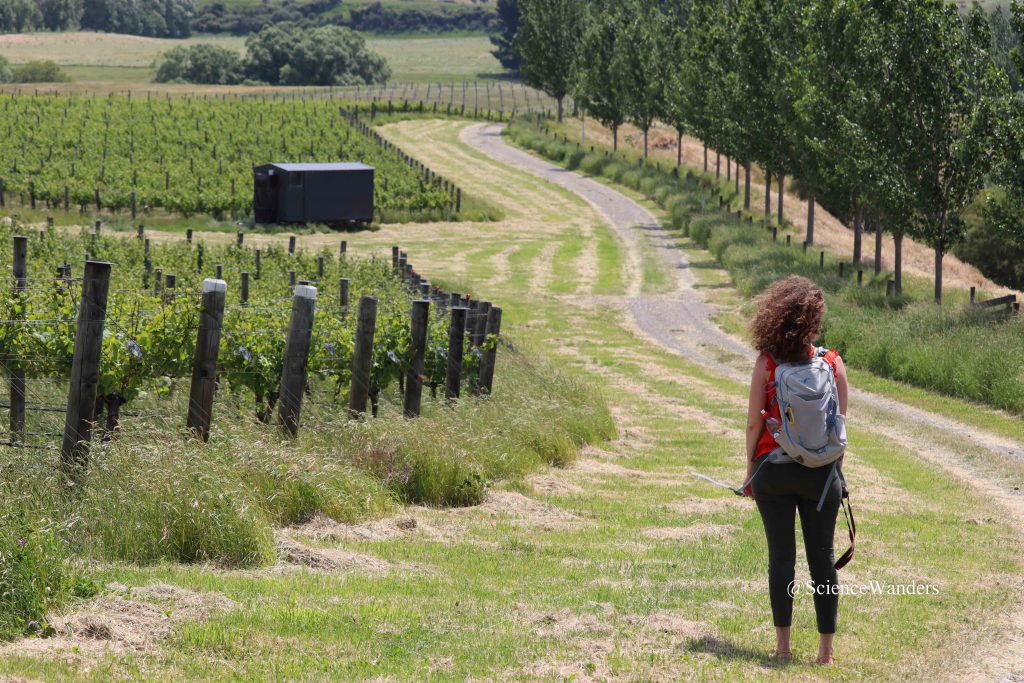
The next Russian doll, mesoclimate, is what makes wine trails so interesting. Mesoclimate refers to the differences between vineyards in the same region. What direction do they face, what’s their altitude, are they close to a large body of water, are they on a slope? Going back to St. Emilion, differences in the mesoclimate can account for the difference between a Premier Grand Cru and a less special wine.
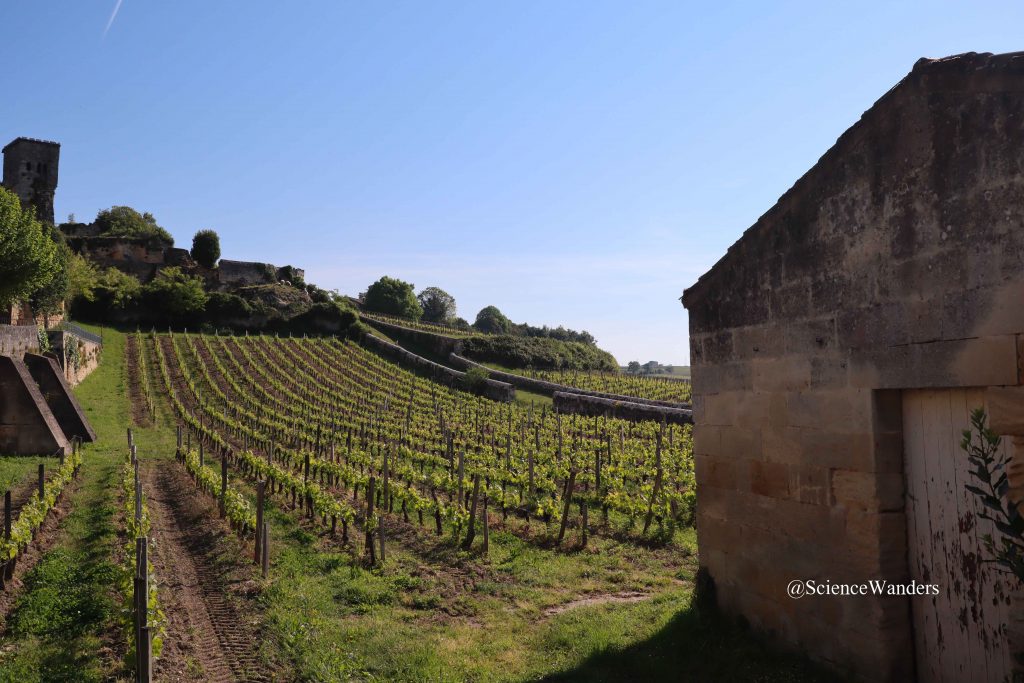
Lastly, microclimate looks at a single row of vines. Here, factors like shade and airflow contribute to the grape’s final taste.
Soil
Soil is the most visible part of terroir – the vines spend their whole lives growing out of it. Soil’s main function is a climate regulator: it can counteract or multiply climate aspects.
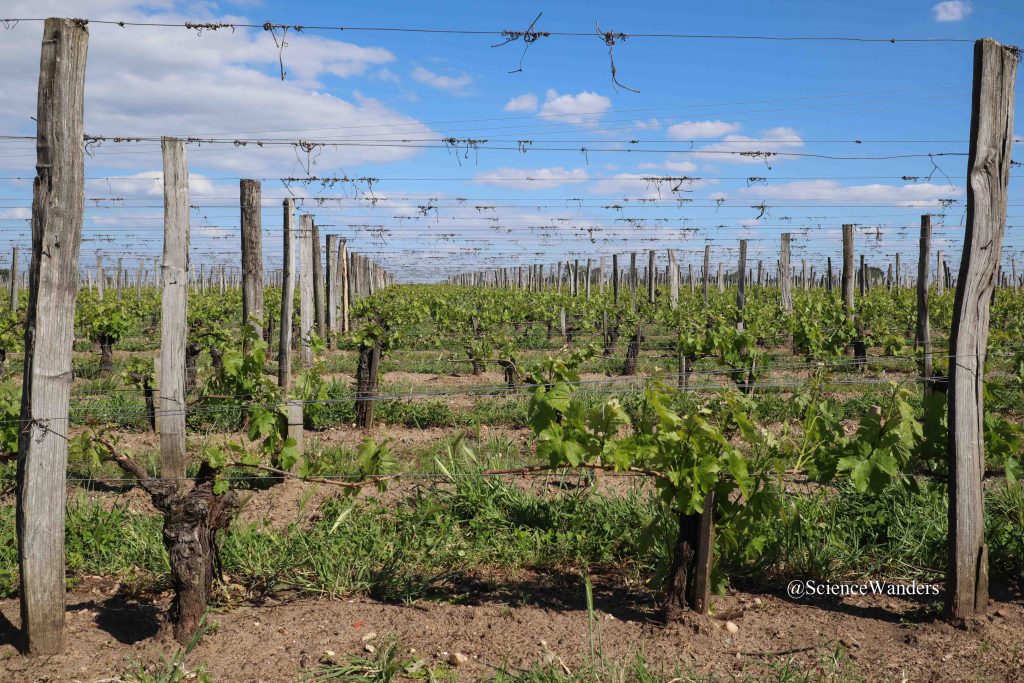
Soil has multiple qualities which contribute to this. Firstly, it has a certain heat capacity – the amount of heat it retains. This in turn affects the heat that the vine and its roots are exposed to, by combining with the surrounding climate. A simple example is that dark soils retain more heat than light soils. One way this affects the final wine is that soils which retain more heat advance grape ripening when compared to cooler soils.
Soil also regulates how much and how quickly a plant can drink. This mainly depends on the soil’s granule size and how much organic matter it contains. Soils in which wine grapes thrive are those which retain some water, but drain it away from the surface, ensuring that the plant’s roots do not get waterlogged. Various soils fit the bill – ranging from the volcanic ones of Sicily, to glacial deposits in New Zealand, to limestone in Malta.
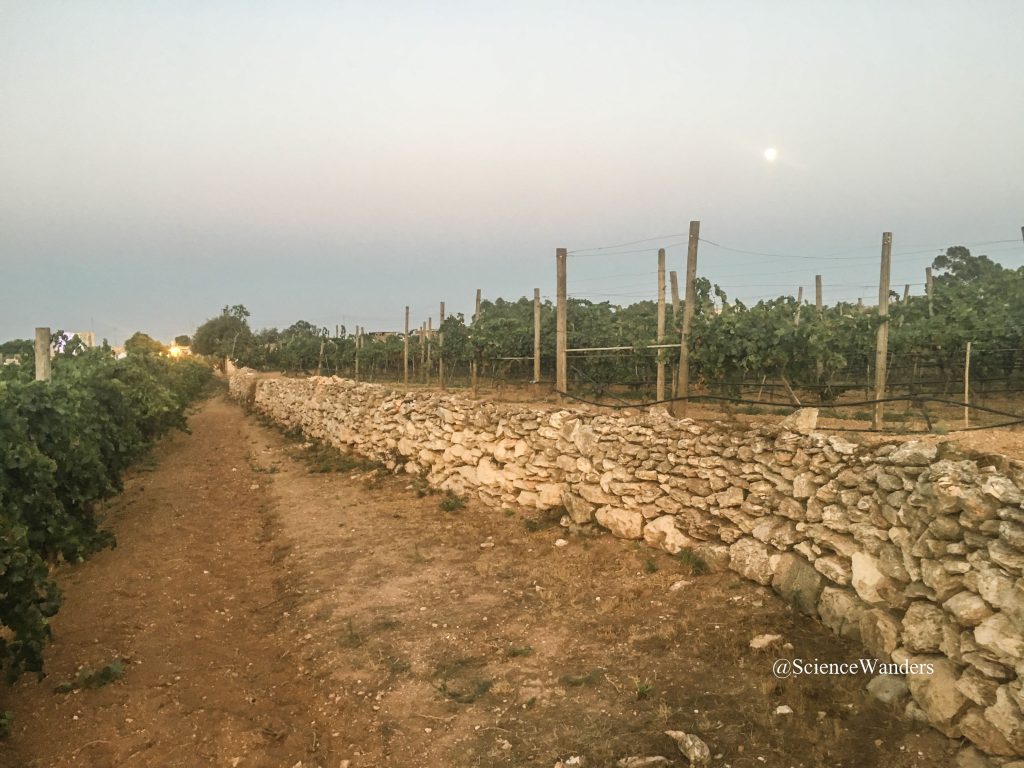
But the chemical makeup of these soils is completely different, due to their different origins – the starting points of the ones mentioned above range from lava to seashells! This leads to different concentrations of nutrients within the vines, as the plants suck these up from the surrounding soil. Volcanic soils, for instance, are high in iron, whilst limestone derived soils are high in calcium. These nutrients affect the chemical reactions that occur throughout the plant’s lifecycle, in turn affecting the taste of the grapes and the taste of the final wine. But it’s not a direct link – a wine described as having an “earthy” tone didn’t pick this up from the earth directly.
Flora
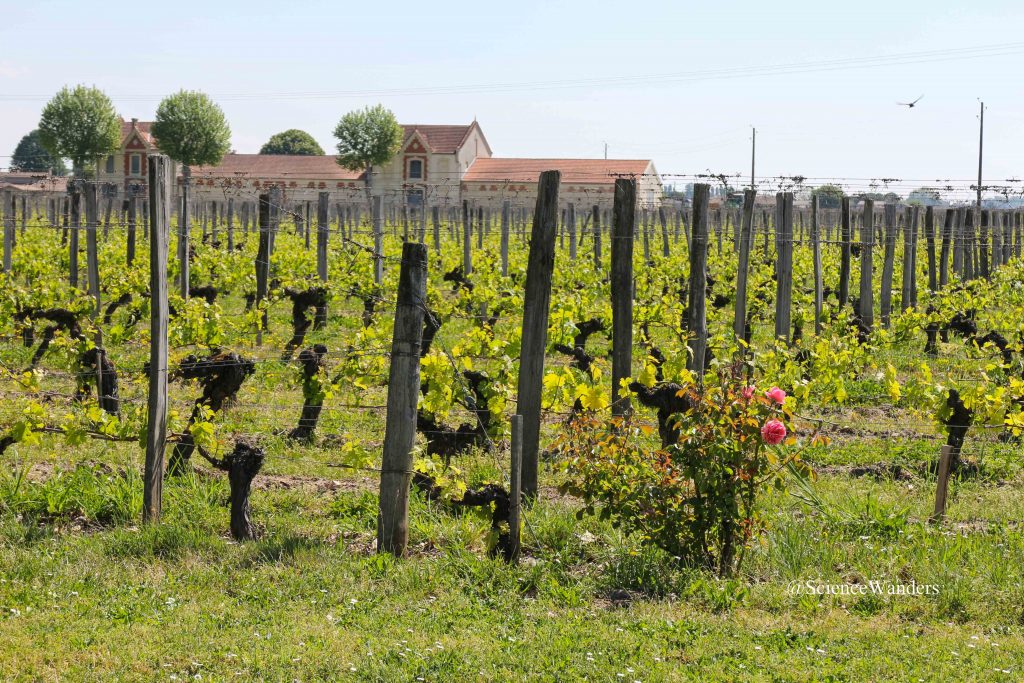
Besides the vines, the easiest flora to spot in vineyards are roses planted at the end of each row. Although they’re a beautiful addition, their presence is practical. The roses are sacrificial – susceptible to similar fungal diseases and insect attack as the vines, roses show signs more quickly and act as an alarm signal.
But these roses don’t add much to terroir; you’ll likely spot them in vineyards from South America to South Africa. The flora that has the largest terroir effect is too small to be seen with the naked eye – microbes.
Each vineyard has its own microbial profile, which comes from multiple sources such as the soil, rain, air and animals that pass through. Further complicating matters, cellars have their own microbial profile as well.
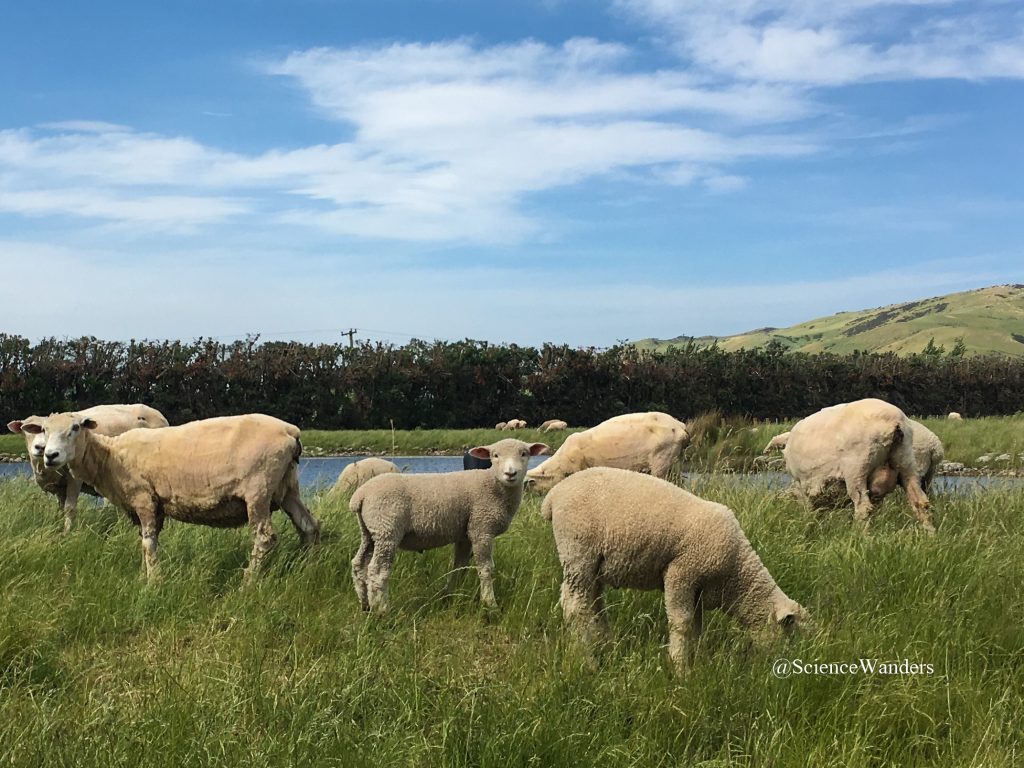
The dominant character is in this microbial party is yeast. Yeast is the main organism responsible for grape fermentation, which transforms sugar into alcohol and thereby grape juice into wine. But there are thousands of different strains of yeast, and each one can be considered a minute vintner – each adds its specific touch to the wine. Commercially manufactured strains are available, but natural yeast populations give more complexity.
Bacteria are responsible for the second stage of wine fermentation, which takes place to reduce wine acidity. Populations can similarly be natural or commercial, and they again impart their own flavour to the wine. Further complicating matters, interactions between any yeast, bacteria and fungi again give rise to particular flavour profiles.
Culture
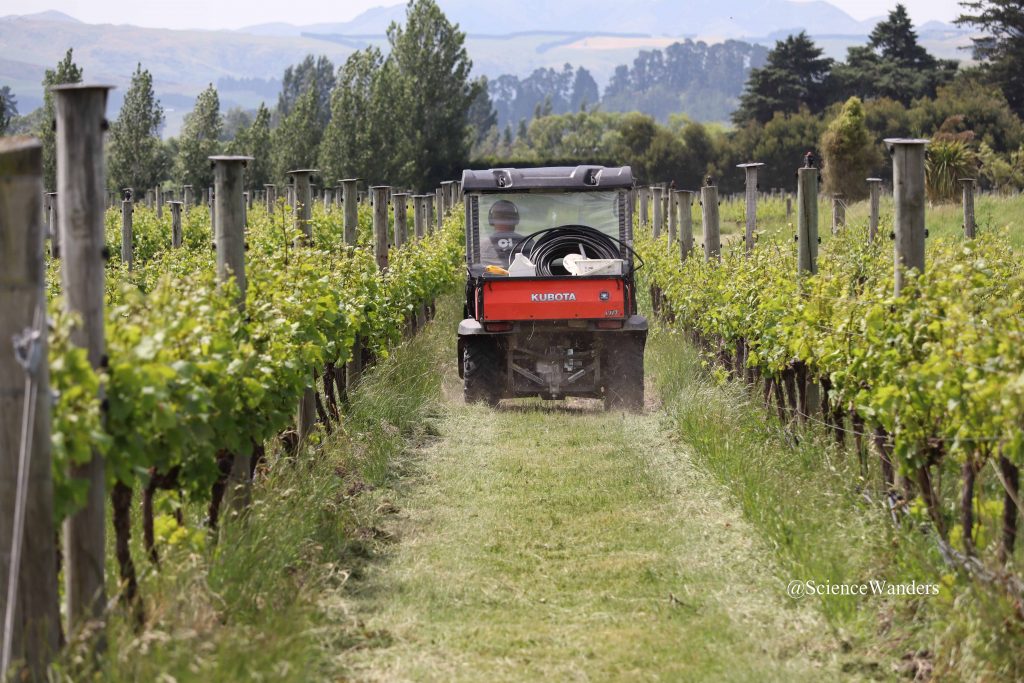
You might have been reading through this thinking that a lot of these characteristics can be modified – adding fertiliser to soils, watering, shading the vines, picking strains of yeast for fermentation, timing grape harvest and more. That’s where the fourth characteristic of terroir comes in: the winery’s culture and practices.
This is the more hotly debated aspect of terroir, as the winery’s practices throughout a single year also contribute to the vintage – the wine’s quality that particular year. Having luckily stayed at a couple of vineyards, I’m in the culture-firmly-belongs camp. Leave a vineyard untended and it will quickly cease to exist, let alone yield a quality wine. A vineyard’s culture goes hand in hand with all other characteristics. Some more interesting examples of this are camels being used instead of tractors at Le Domaine du Val d’Argan in Morocco, keeping the land’s sabbath by fallowing it every seven years in Israeli vineyards, and pumping the residual water from a nuclear power plant through pipes within the soil to warm up the vines in Olkiluoto Island’s vineyards.
What do you think – does culture belong on this list? Drop me a line and let me know! And if you need more information to decide, consider staying at these vineyards around the world. Watch the sun rise or set whilst the workers tend to the vineyards below, a glass of their wine in your hands, and it might be easier to form an opinion.
